Ancient Gold Artifacts in Tomb Are of Enormous Monetary Value
In the heart of Panama sits the famous ancient site of El Caño. Over the past 50 years, archeologists have found several interesting historical artifacts and skeletons at the incredible necropolis of El Caño, but now, they’ve discovered something even more exciting.
Experts believe they have uncovered the tomb of an ancient and exceedingly important person, as they were buried with an enormous amount of valuable gold and other priceless treasures.
The Discovery of El Caño
In 1925, American explorer Hyatt Verrill was traveling through the Central American country of Panama when he quite literally stumbled over an ancient monolith.
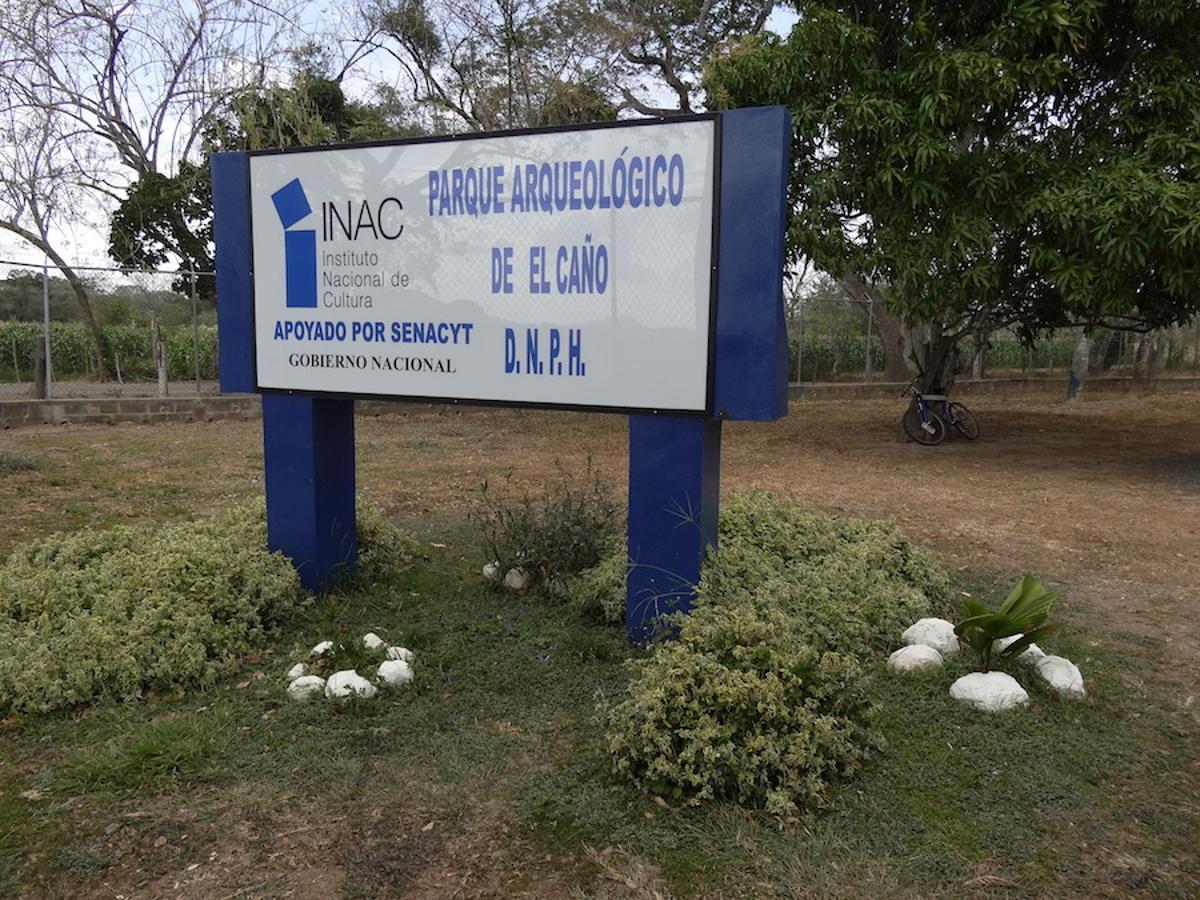
Source: El Caño Foundation
After some digging, he found three burial sites. However, after Verrill left, the site of El Caño was left untouched for decades until the 1970s when the first formal investigation of the area began. Over the past 54 years, archaeologists have been carefully and diligently digging, and they’ve just found something that has made them stop in their tracks.
The Announcement from the Ministry of Culture of Panama
On February 29, 2024, the Ministry of Culture of Panama released a statement that a team at the archaeological site of El Caño had found a tomb full with incredible pieces of gold, ceramic homeware and statues, and various funerary artifacts.
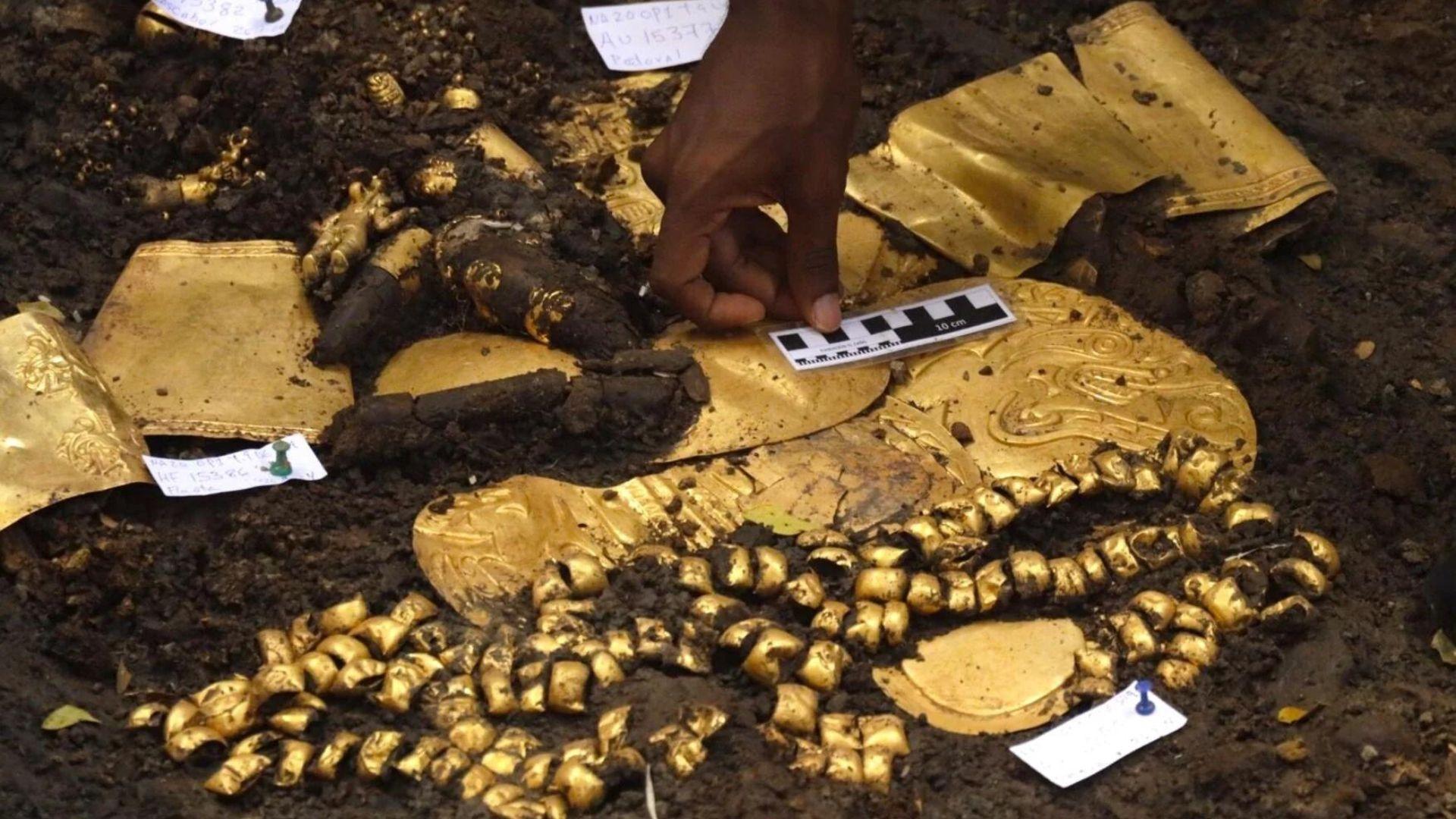
Source: Reddit
The announcement noted that these pieces, while certainly quite historically significant, were also immensely financially valuable. And that, subsequently, they believe that the skeleton in this tomb was a man of historical significance.
The Excitement Surrounding Tomb Number 9
Director of the El Caño Foundation and the archaeological project for the past 18 years, Julia Mayo, explained that they believe the tomb was built around 750 CE for a great lord of the Coclé culture.
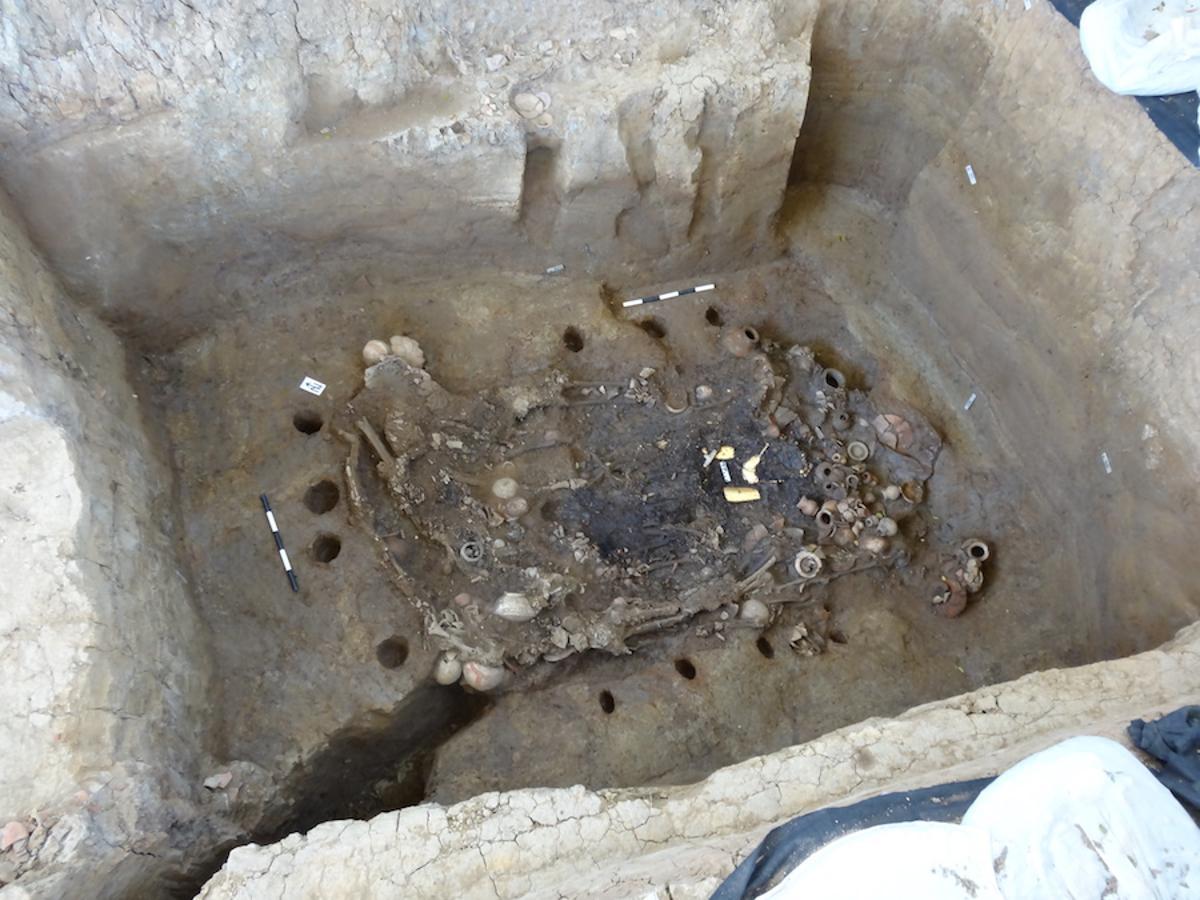
Source: El Caño Foundation
They have not yet completed the excavation, but Julia and the rest of the team are sure that this skeleton once belonged to someone powerful because of how they were buried, what they were buried with, and how this tomb differs from the others within the El Caño necropolis.
What Was Inside the Tomb?
Inside tomb No. 9, the team found the following items: Five pectorals, four bracelets and two earrings made to look like a man and a woman, a earring shaped like a crocodile, five earrings made of whale teeth, and two bells.
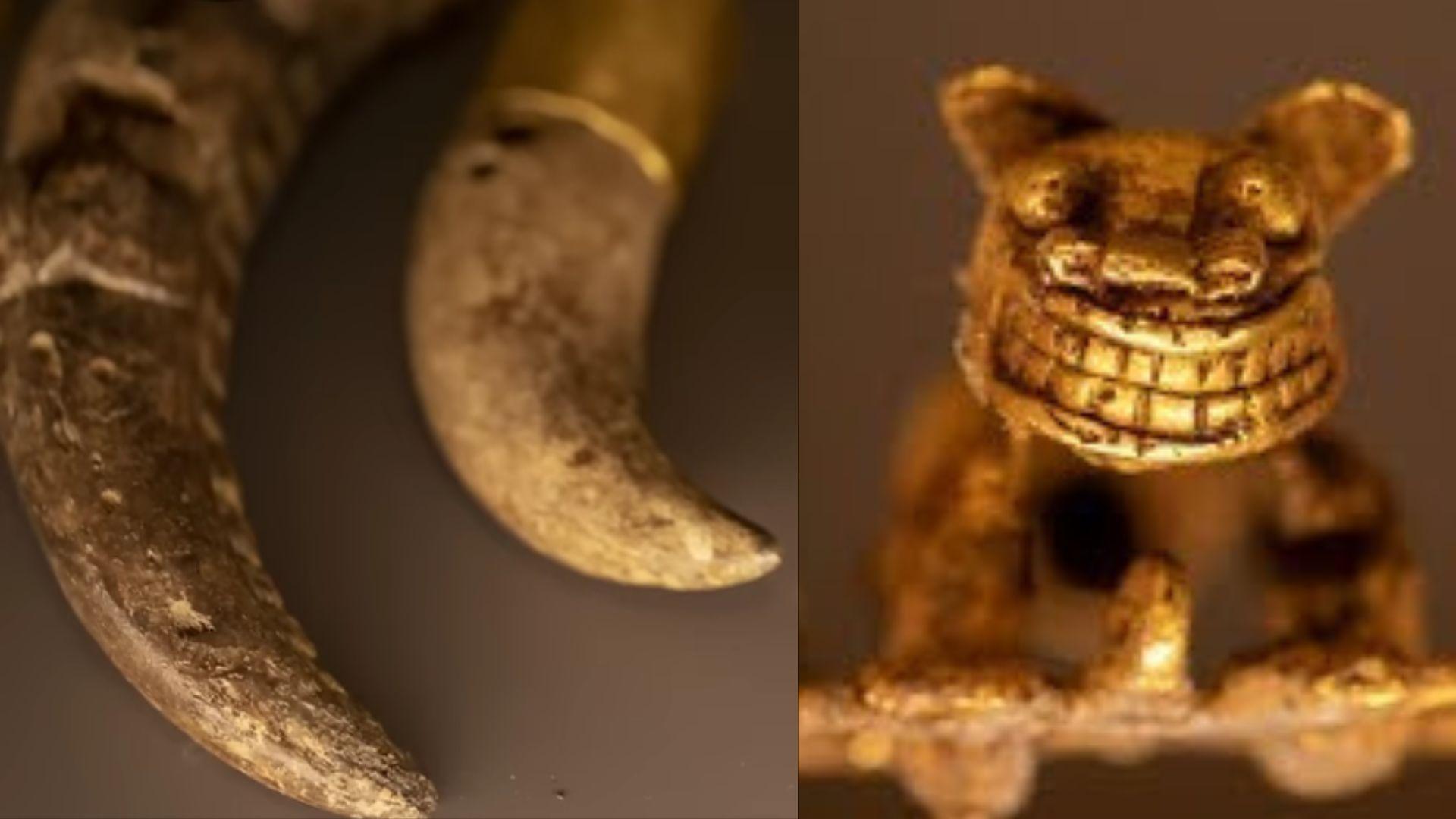
Source: @LaPrensa/YouTube
As well as a skirt made of dog teeth, a set of bone flutes, two belts made from gold beads, and a set of circular gold plates.
The Rare Treasures Were Made From Ceramic and Gold
Some of these pieces were made of ceramics, while others were cast out of pure gold. Some items, like the whale teeth, were also coated in a beautiful gold casing.
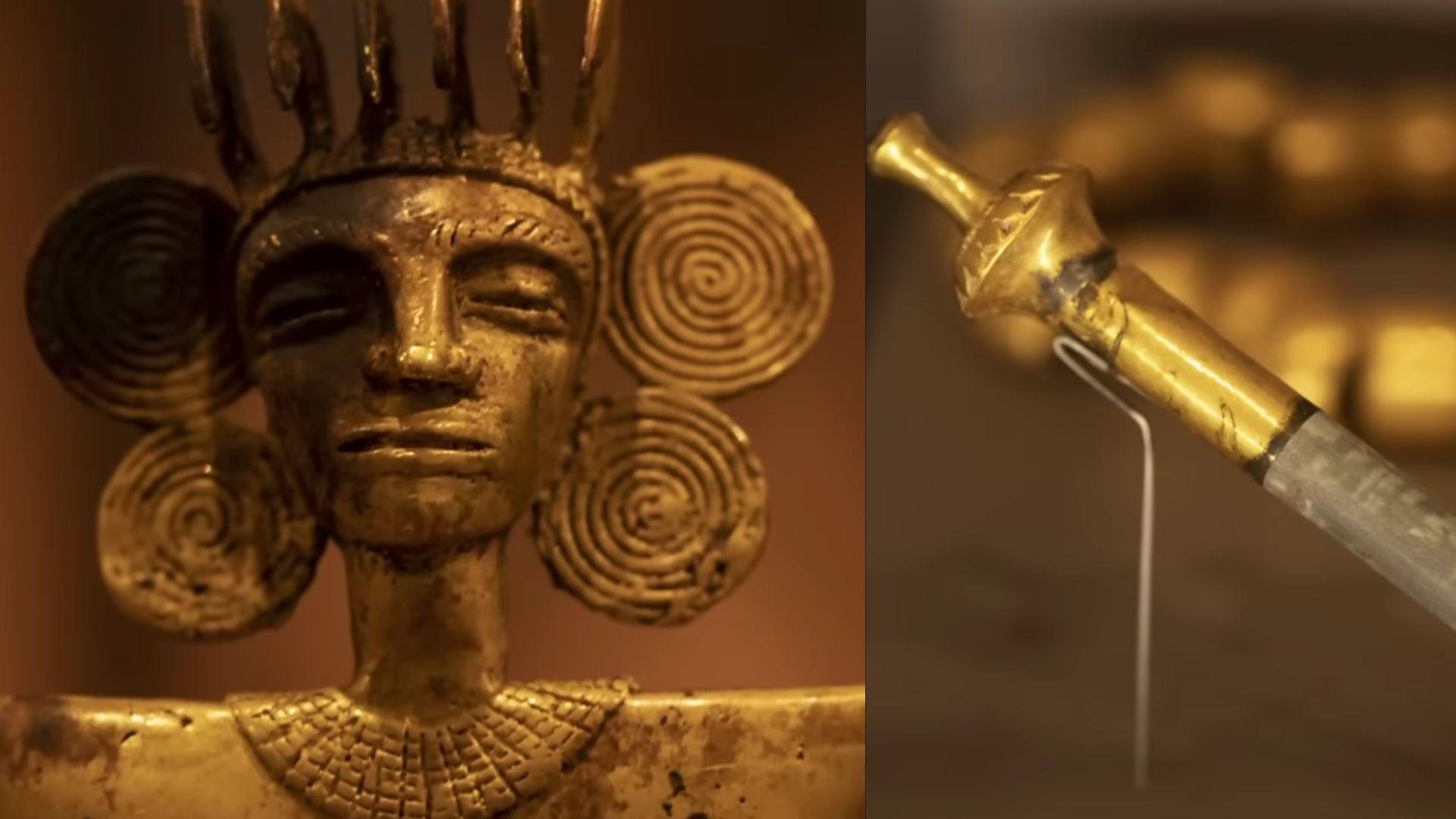
Source: @LaPrensa/YouTube
Linette Montenegro, the national director of heritage at the Ministry of Culture, explained that the artifacts found in the tomb added up to an “incalculable” value.
A Potential for Trading
Once researchers unearthed many artifacts from this tomb, they were able to do a deep dive into exactly what these ancient pieces were. Archaeologists quickly discovered that many of these items appear to be similar to ones found elsewhere.

Source: Melissa Wong Zhang/Wikimedia Commons
These finds were “stylistically similar to those produced in the Quimbaya region (of Columbia),” Mayo explained.
Trading Between Populations
This discovery hints at the fact that trading and exchanges of items and goods may have occurred “between the populations that inhabited the central region of Panama and the north of South America.”
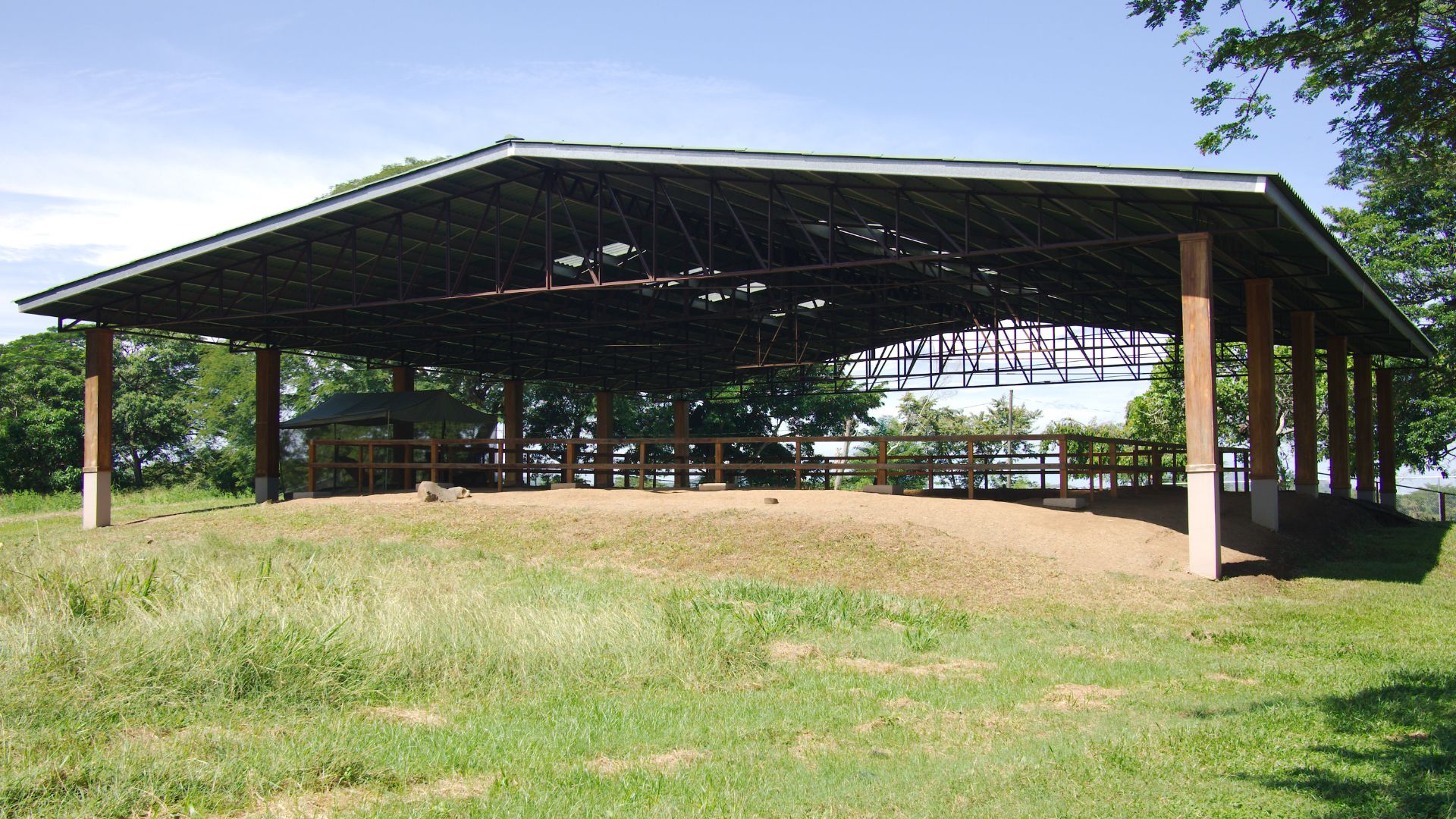
Source: Victor Sánchez Urrutia/Wikimedia Commons
Because the Coclé people didn’t leave behind any writing, researchers often have to use artifacts to discover if they communicated with other civilizations. This tomb, therefore, suggests that they did.
There Were Other Interesting Aspects of Tomb No. 9
In addition to the wildly valuable artifacts inside the tomb, there were other interesting aspects that set No. 9 apart from the other tombs at El Caño.
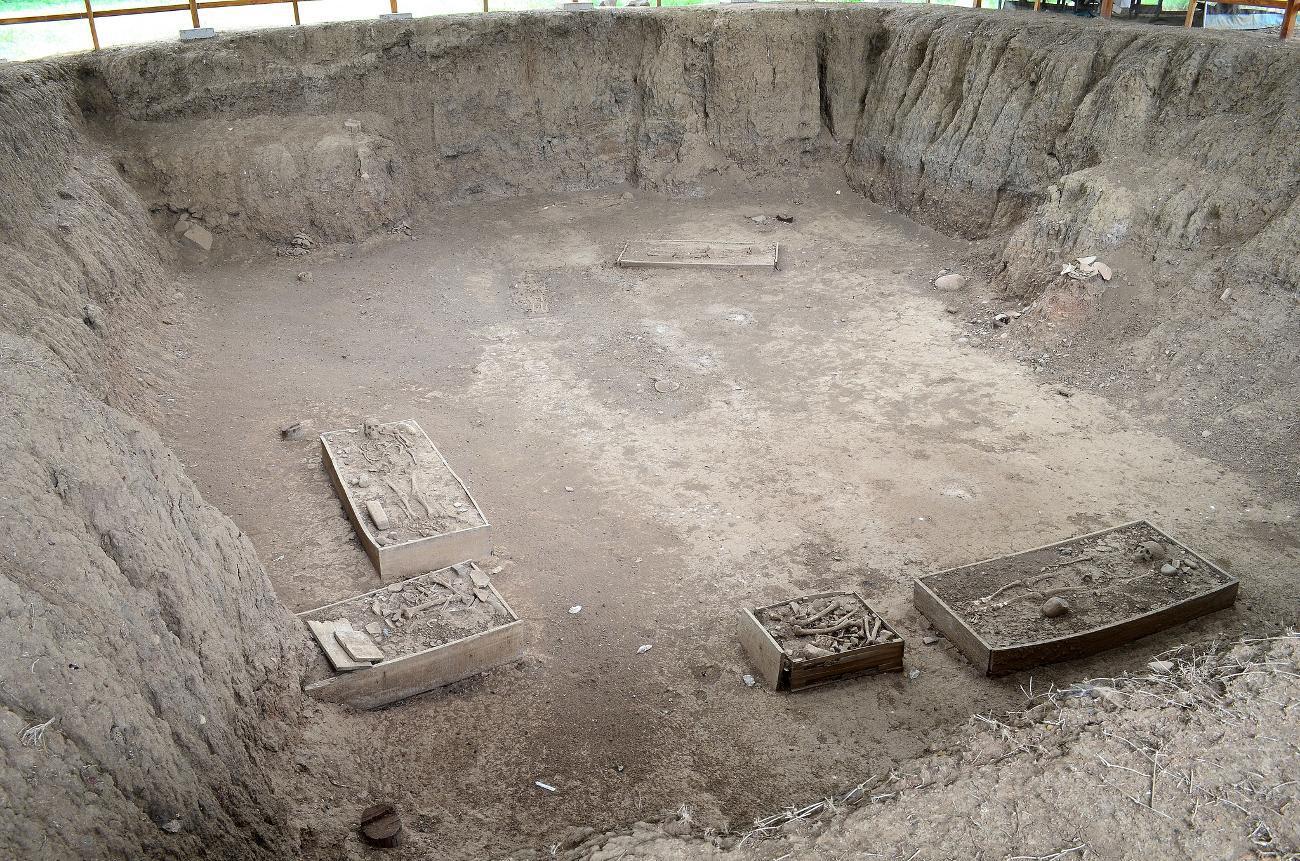
Source: Wikipedia
The most poignant feature was that there were several skeletons within this tomb; one was clearly a powerful chief or lord, while the others seemed to have been specifically buried as companions for him. As Dr. Mayo explained, the tomb “contains the remains of a Coclé lord, but also has other burials who died to accompany him to the afterlife.”
Several of the Skeletons Were Likely Sacrificed to Be Buried With the Lord
Experts believe that these skeletons were most likely of people who didn’t just die around the same time, but who were actually sacrificed in a ritual at the time of the lord’s death in order to be buried with him.
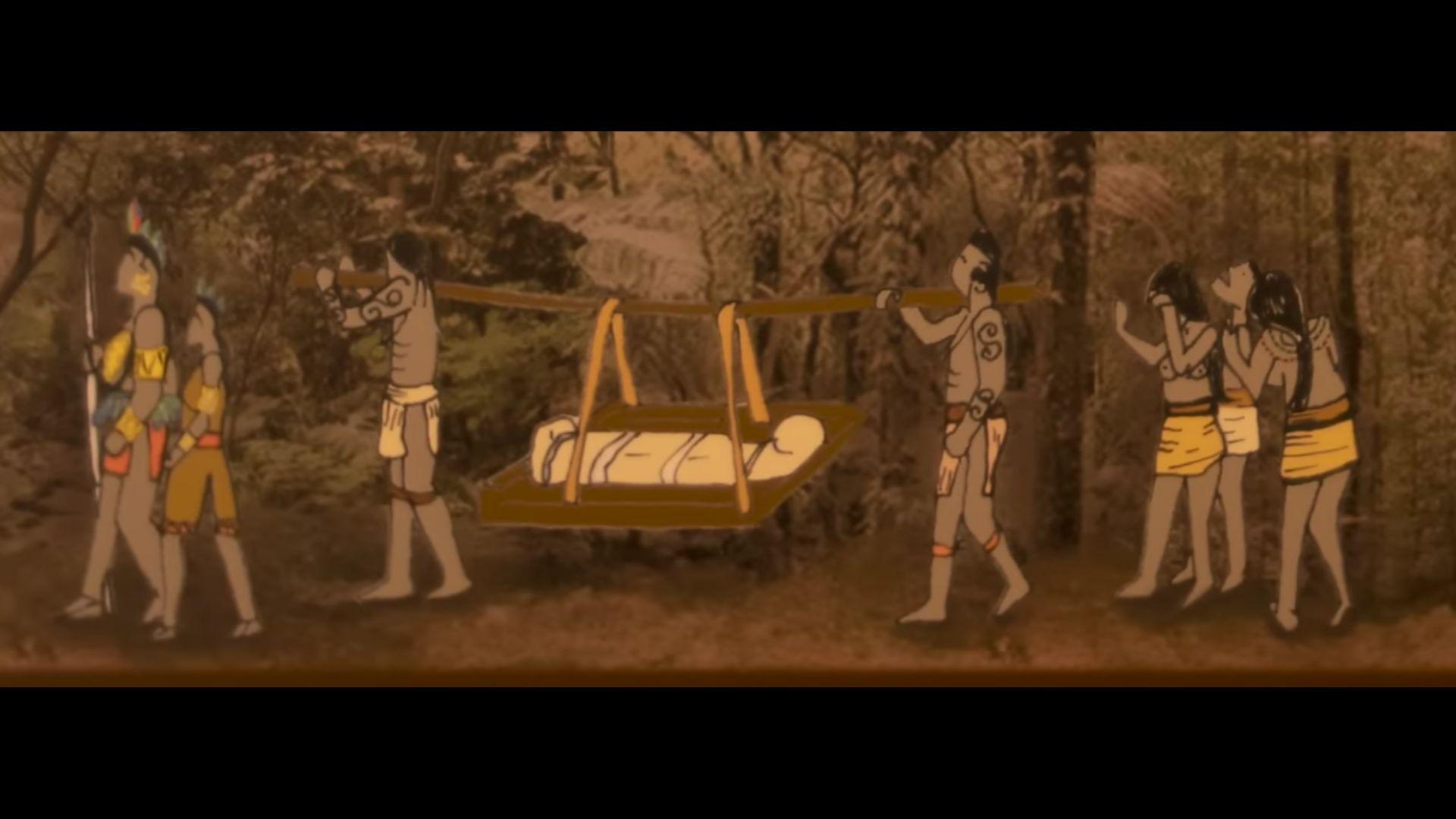
Source: @LaPrensa/YouTube
Additionally, they found the skeleton of the powerful man buried face-down on top of the skeleton of a woman. Though it sounds strange today, this practice was actually quite common among the ancient Coclé people, as it ensured the deceased would have a sexual partner in the afterlife.
A Unique Position
Archaeologists have seen a face-down burial in this region before. It’s quite common, thanks to the practices of this time. However, researchers have noted that a specific aspect of this tomb’s burial position is quite uncommon.
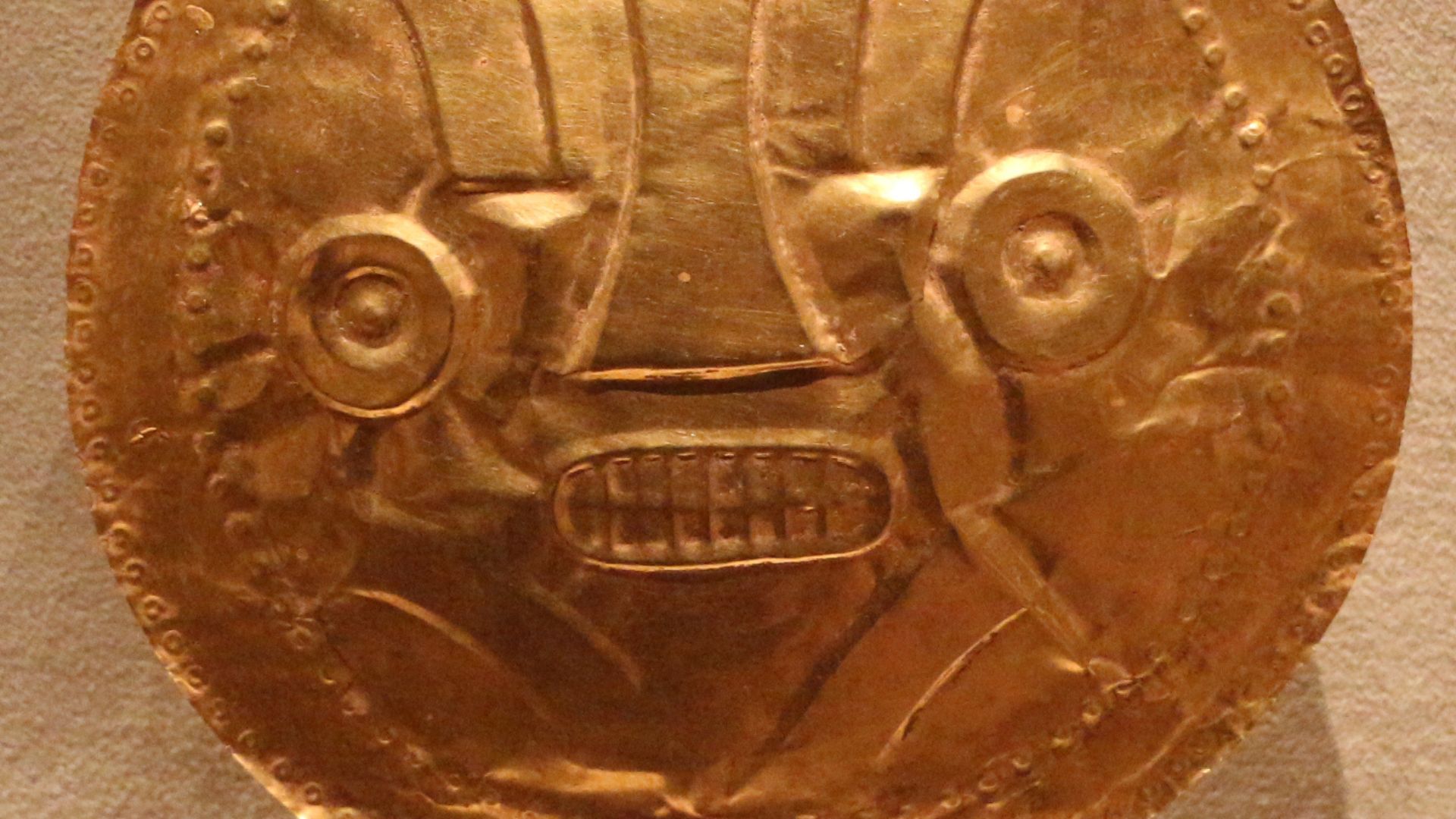
Source: Sailko/Wikimedia Commons
“The face-down mode of burial was common at this time period in this region, but the positioning of the male over the female individual is not,” Nicole Smith-Guzmán, an archaeology curator at the Smithsonian Tropical Research Institute in Panama City, explained.
Similar Burials
While Smith-Guzmán has stated that this type of position isn’t very common, she also explained that researchers have recently reported similar burials in ancient tombs from more than 1,000 years ago.
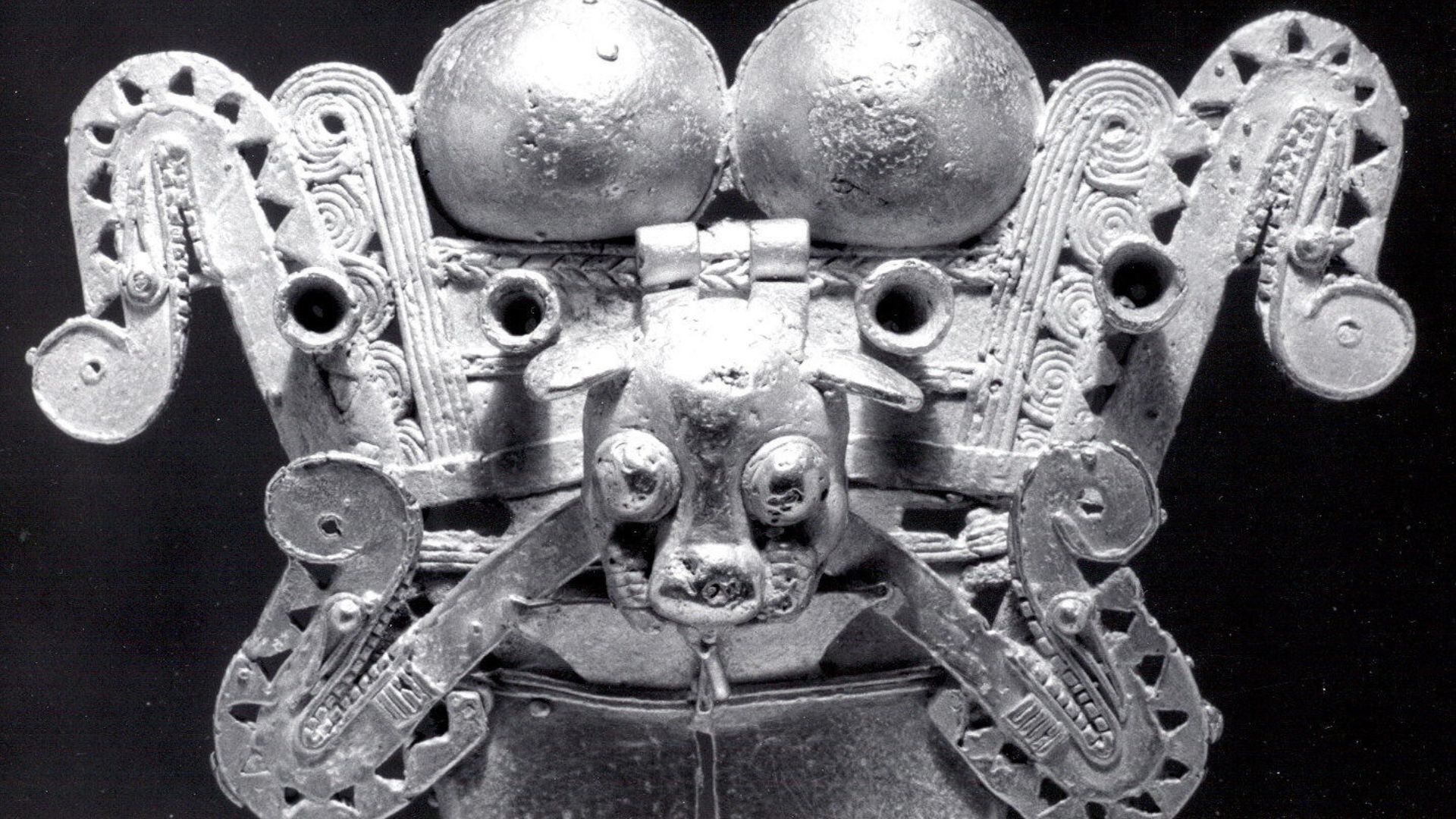
Source: Public Domain/Wikimedia Commons
These tombs are located in Sitio Sierra, which is also in El Caño, and is near this current archaeological site. However, even these researchers aren’t aware of what this burial positioning could mean. Some believe it may indicate that the man and wife were husband and wife. However, this isn’t a confirmed theory.
A Living Connection
Because of this rather unique burial position, researchers have already begun to theorize what the relationship between the man and woman was centuries ago.

Source: Public Domain/Wikimedia Commons
“Nevertheless, it is likely that there was some sort of social relationship between the two individuals during life that was important to maintain in death,” Smith-Guzmán added.
A Coclé Lord
While there isn’t any solid information or writings to help archaeologists understand who, exactly, was buried in this tomb, remains left behind do hint at who this man could have been.
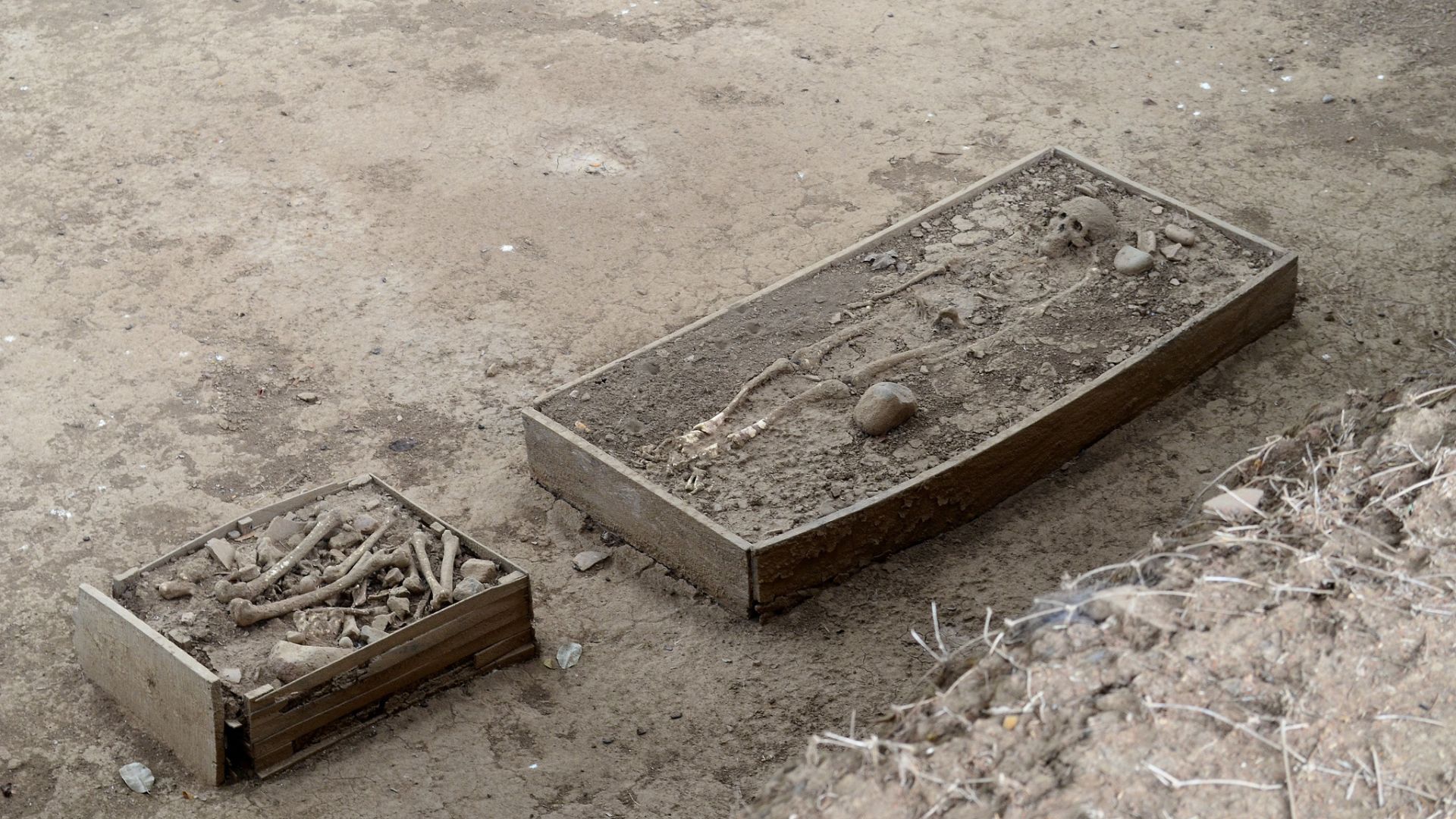
Source: Melissa Wong Zhang/Wikimedia Commons
Mayo and her team know that this Coclé lord was likely about 30 to 40 years old upon his death. However, the presence of musical instruments in the tomb suggests an interesting occupation for this lord.
A Religious Leader
Often, ancient war heroes are given elaborate tombs that are filled with treasures and gold. Human sacrifices are commonly found in these types of burials. All of these were found in the El Caño tomb.
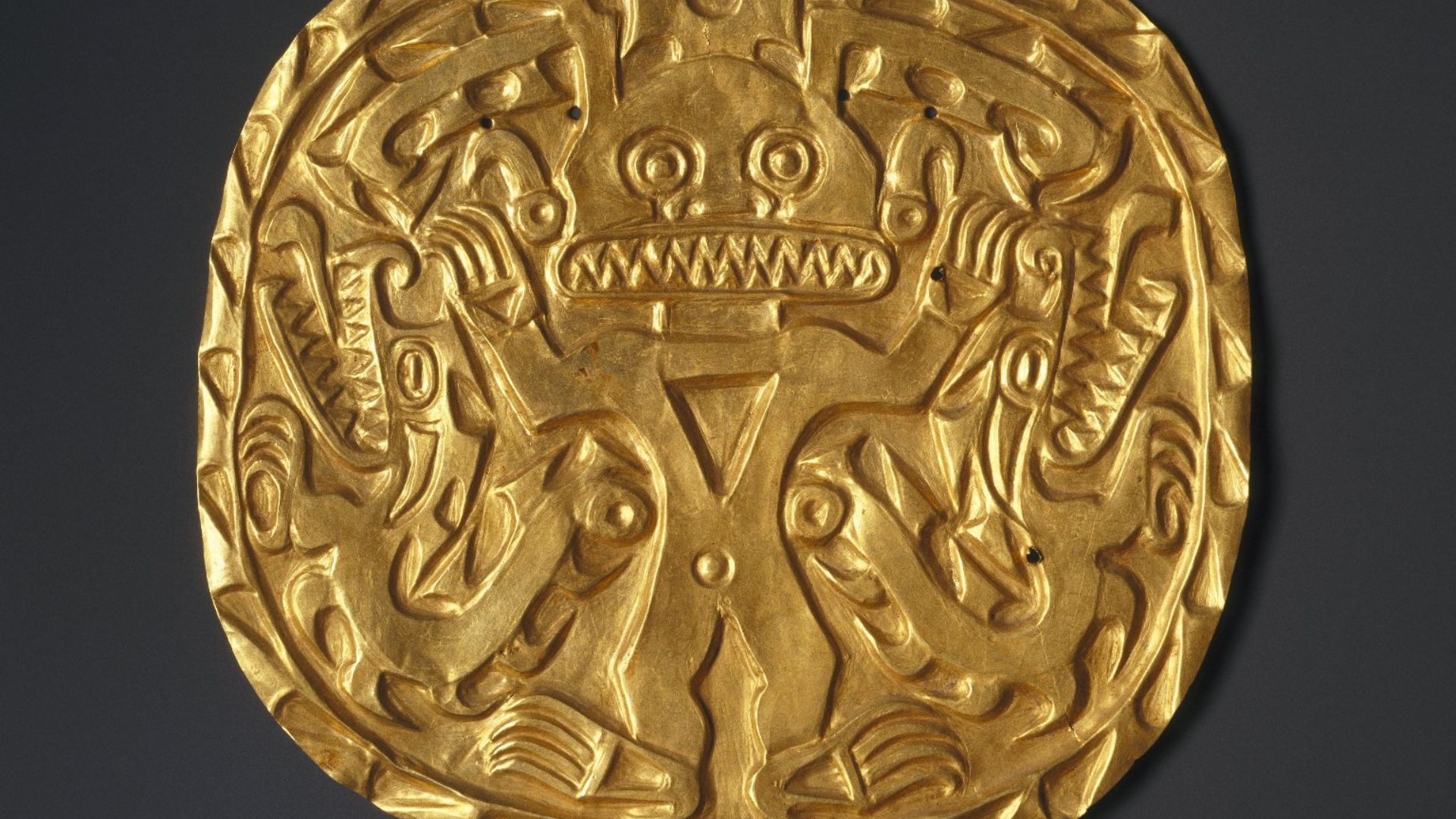
Source: Museum Expedition 1931, Museum Collection Fund/Wikimedia Commons
However, Mayo and her team don’t believe this lord was a warrior. Because of these musical instruments they’ve discovered, they think he was more than likely some sort of religious leader.
Lord of the Flutes
The revelation of these musical instruments has changed everything. While archaeologists may never know for certain who this lord was, they do believe he was a religious man, rather than a war hero.

Source: Public Domain/Wikimedia Commons
This discovery has led to researchers now calling the man “Lord of the Flutes.”
A Religious Lord Among Military Leaders
Interestingly, the other eight tombs discovered at El Caño all contained the remains of military leaders from this long-ago civilization. The only tomb that differs from this is the latest unearthed tomb, tomb number nine.
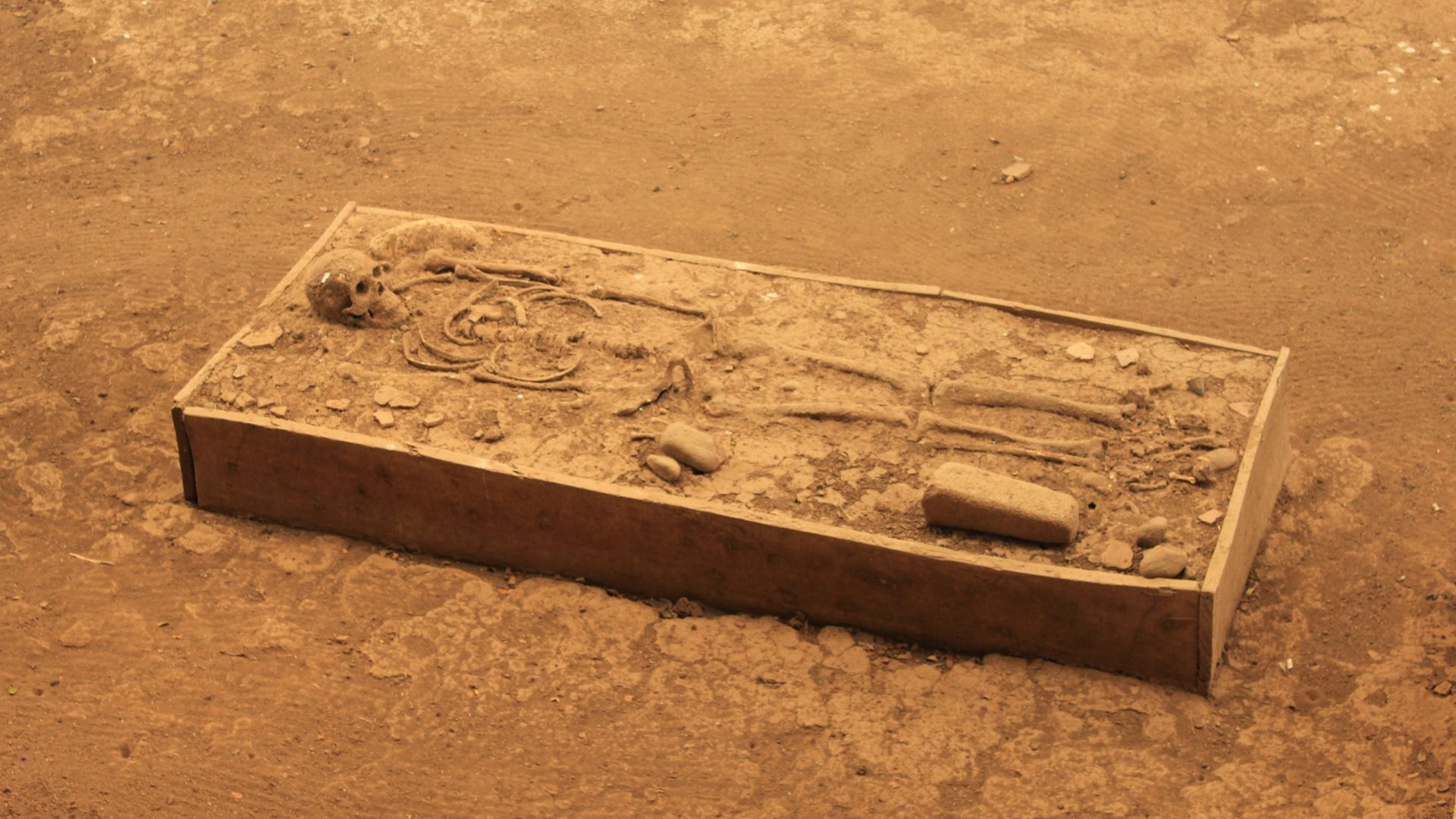
Source: Anelita Cocoa Celis/Wikimedia Commons
This means that a likely very influential religious lord was buried in a tomb near many other important military leaders. This could indicate that this lord was highly respected and important in this society.
Who Were the Coclé People?
The Gran Coclé culture was a group of people who lived in what is now Panama between 200 BCE and 1500 CE. They had a distinctive artistic style, as well as an extremely specific class hierarchy.
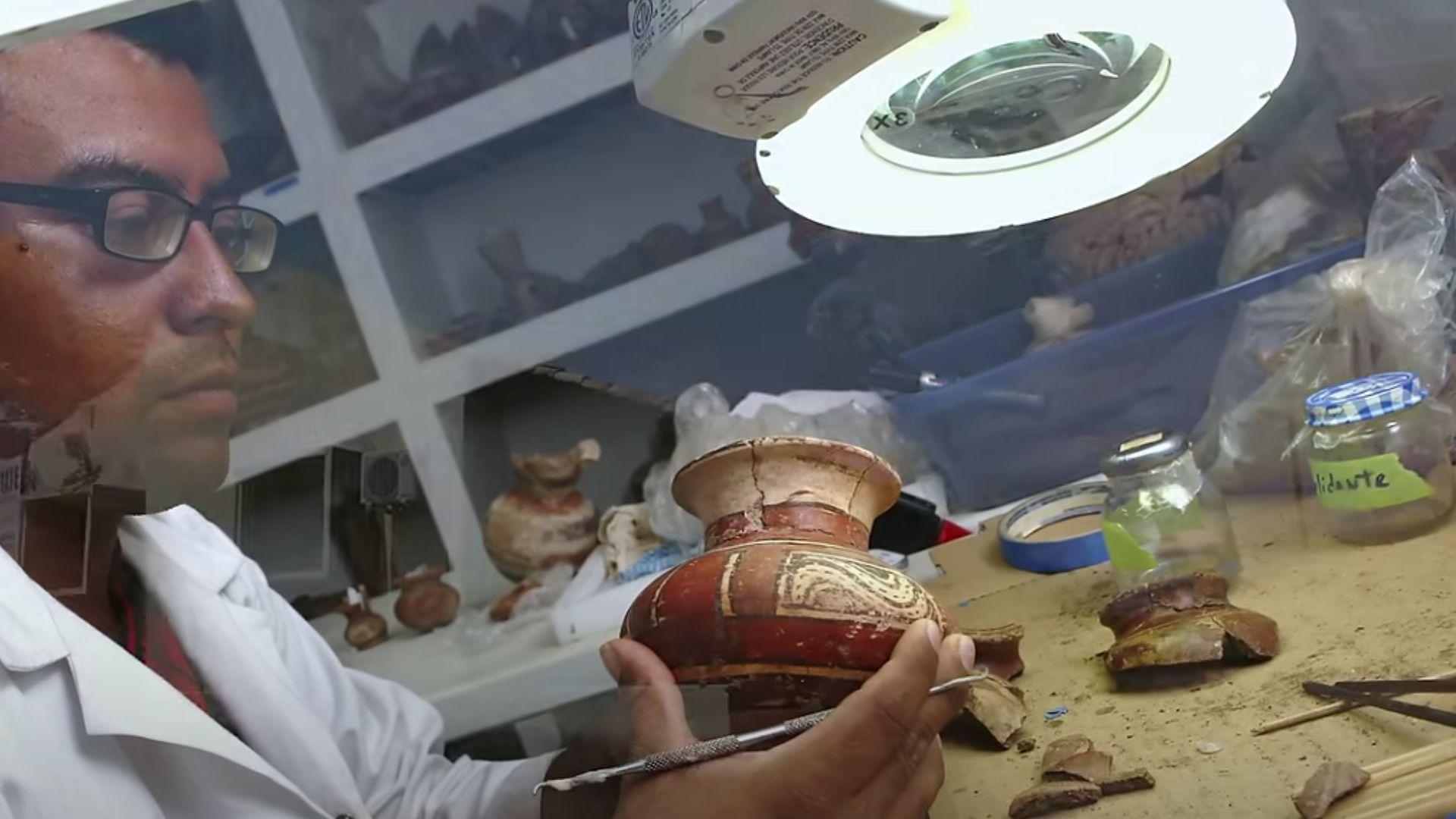
Source: @LaPrensa/YouTube
Today, archaeologists are able to identify burial sites and megalithic structures as remnants of the Coclé people thanks to both carbon dating as well as their extremely unique artwork, including pottery and gold artifacts.
There Are No Texts From the Coclé Culture
What’s especially interesting about the Coclé people is that there are no remaining texts explaining what life was like for them. The only way that archaeologists and anthropologists have been able to study these people is through their burials and artifacts.
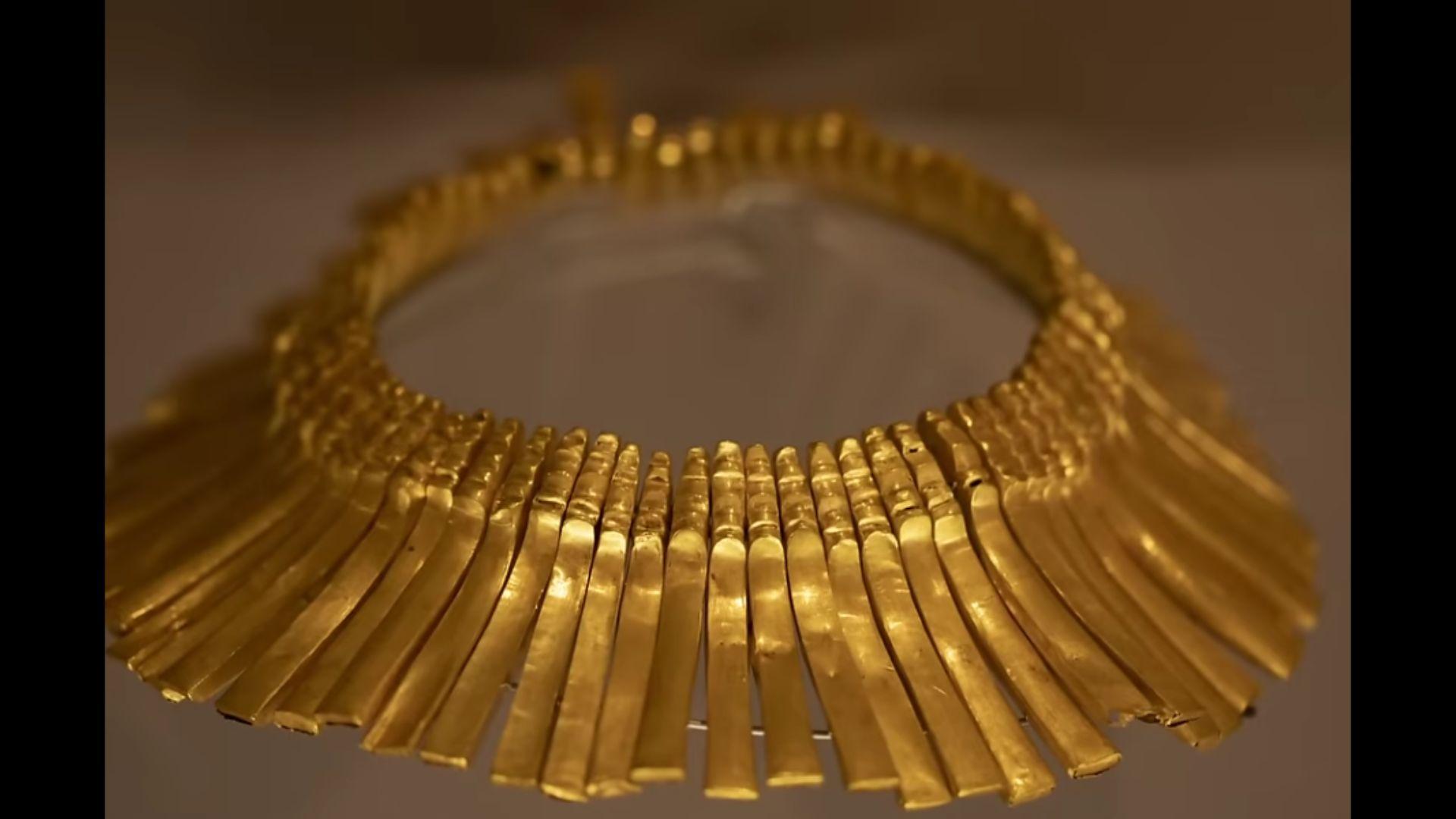
Source: @LaPrensa/YouTube
Luckily, because these ancient people were such skilled artists and craftsmen and buried their dead in tombs which are amazingly specific to the deceased person’s class, experts have actually learned quite a lot about their culture.
Sacred Ancestor Worship
The ancient civilization in the El Caño region during the time this lord was buried has long fascinated researchers and archaeologists. Back then, members of this civilization treated El Caño as a sacred site.
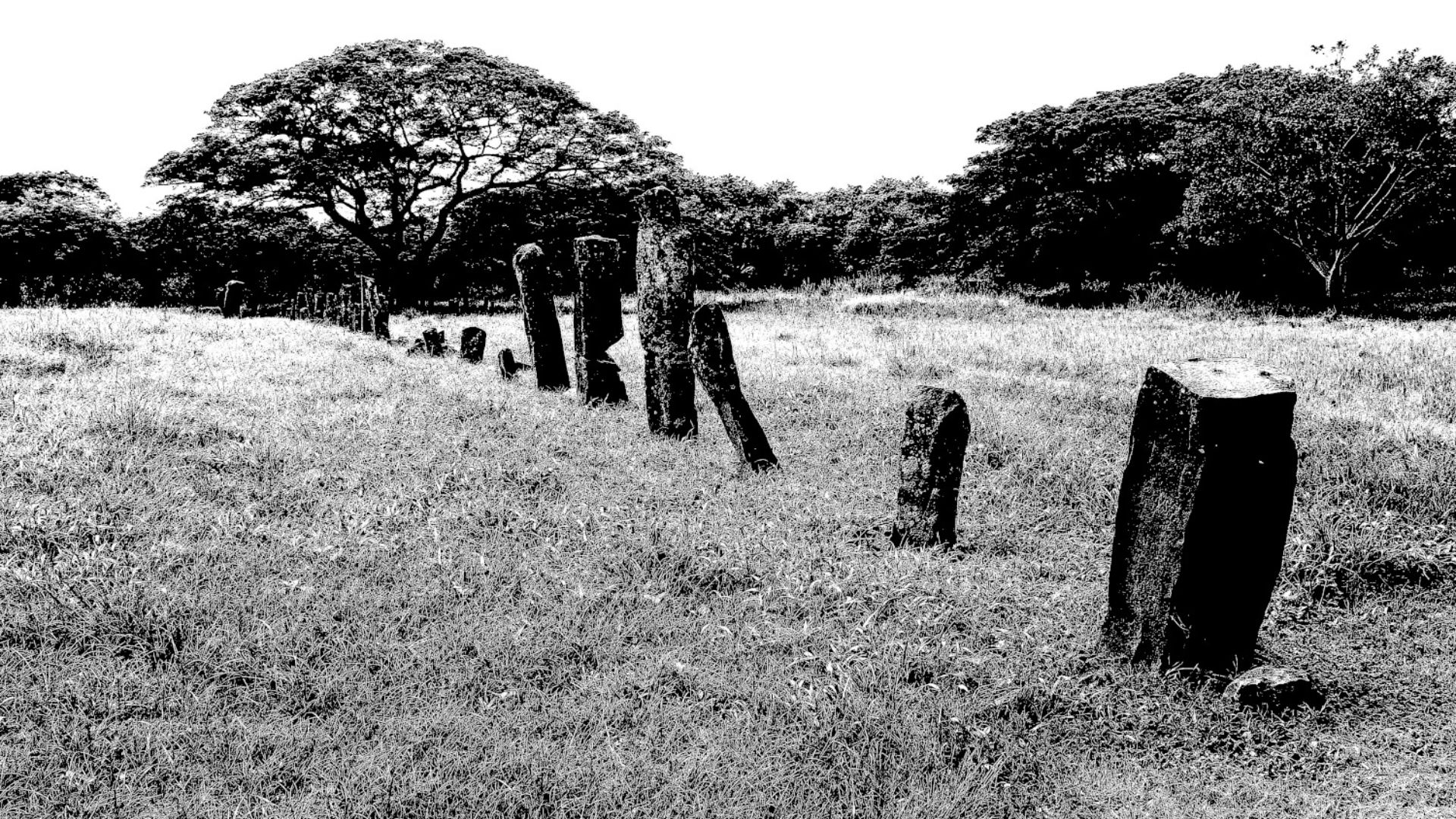
Source: Jaime Massot Hernández/Wikimedia Commons
They often worshipped their ancestors, such as those buried in these unearthed tombs, and recalled the important things these people did.
Ongoing Communication
Through this sacred ancestor worship, this ancient civilization believed they kept an open line of communication between the living and the dead.
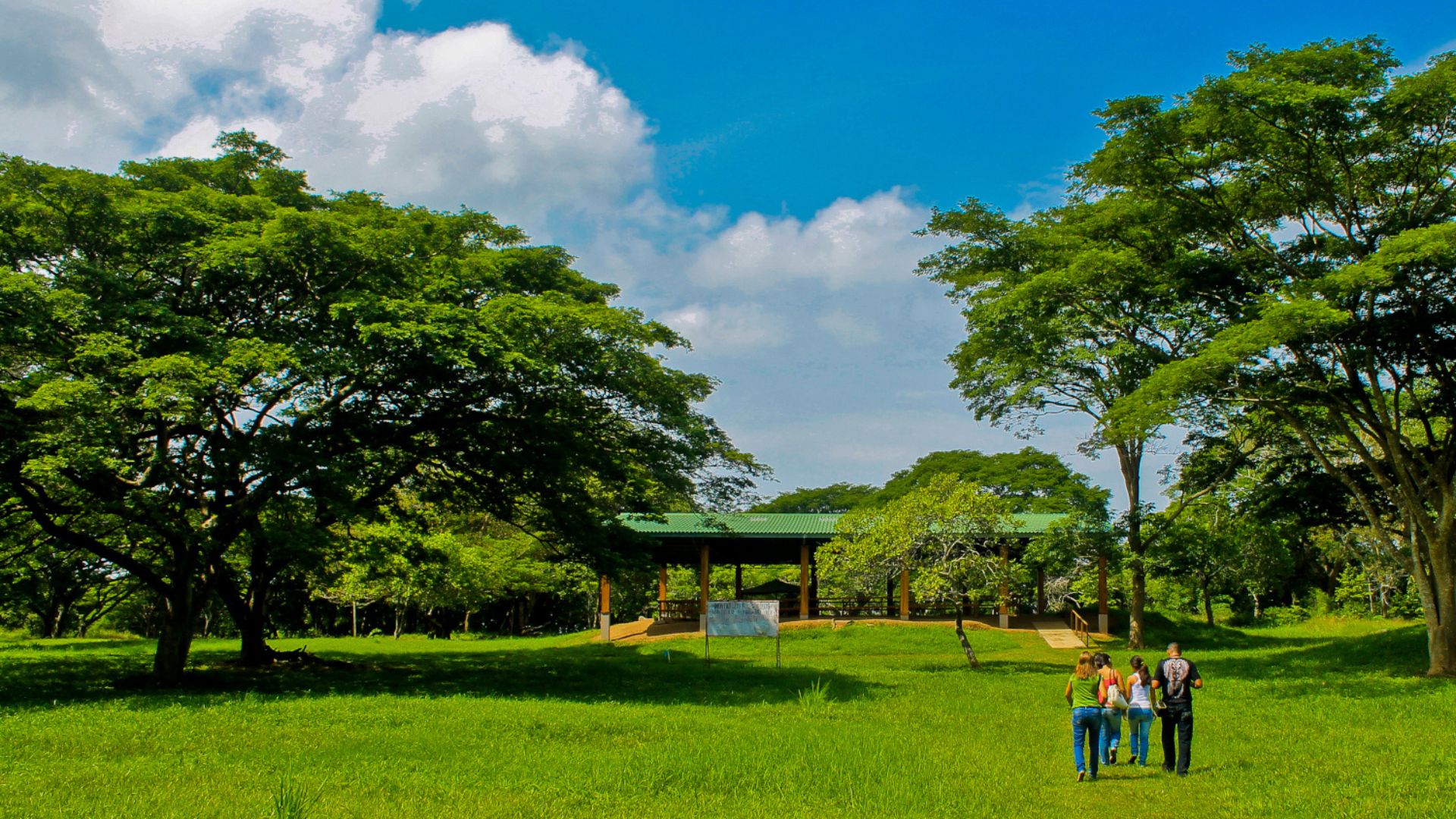
Source: Jaime Massot Hernández/Wikimedia Commons
“After the death of these people, (it was believed that) a constant communication was established between the ancestor and his descendants,” Mayo told CNN. “Our study (of the tombs) highlights the practice of ritual death in funerary rituals linked to (a higher) status.”
What Will Be Done With the Valuable Treasures from the El Caño Tomb?
Thankfully, it won’t just be the archaeologists who are able to see and enjoy the awe-inspiring and invaluable pieces of gold and pottery found within tomb No. 9 at El Caño.
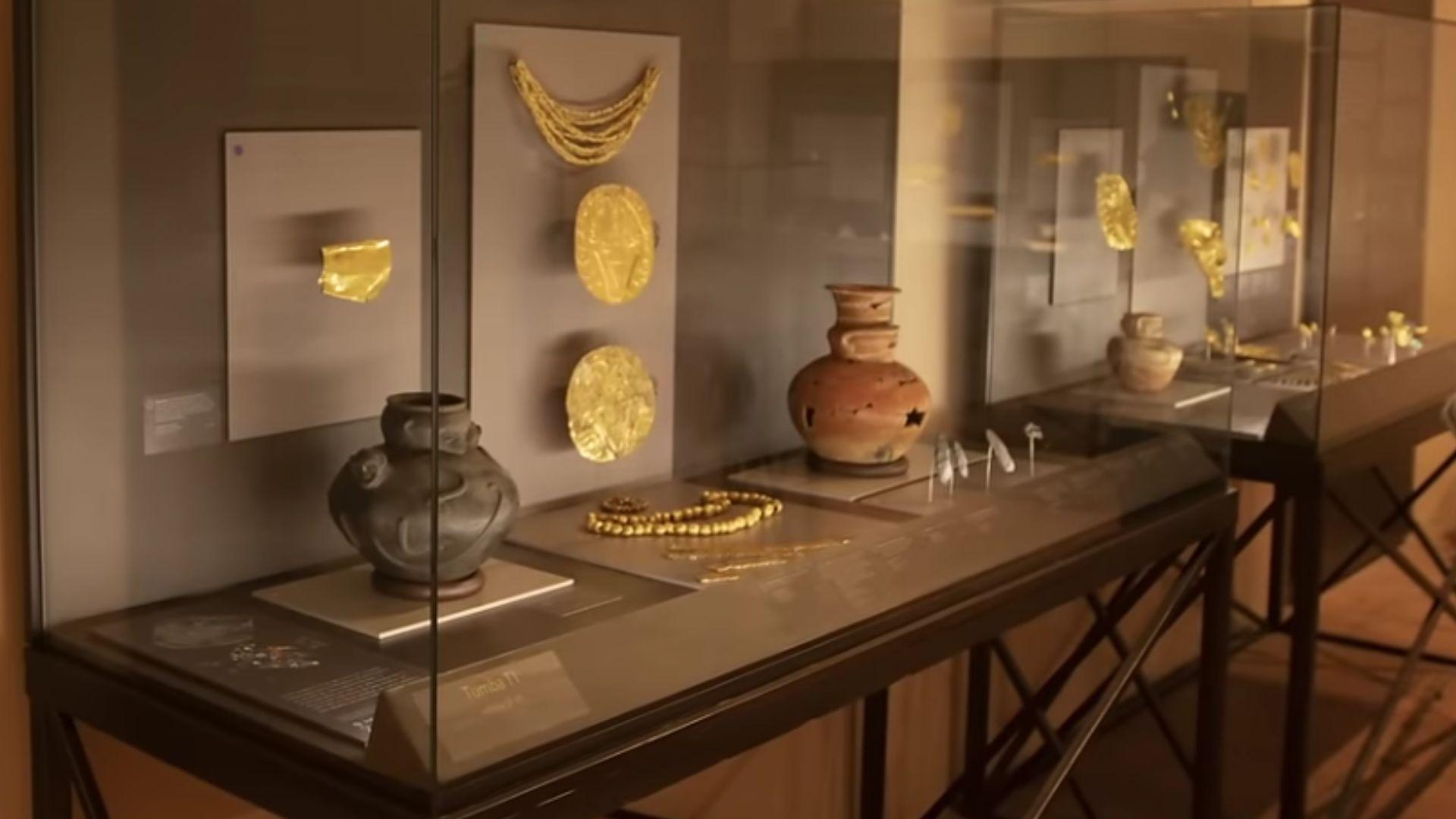
Source: @LaPrensa/YouTube
However, anyone who does want to admire these intricate pieces will have to travel about 100 miles southwest of Panama City to the site’s museum.
The Work Isn’t Done Yet
The archaeologists at El Caño are still working tirelessly to excavate the entirety of tomb No. 9.
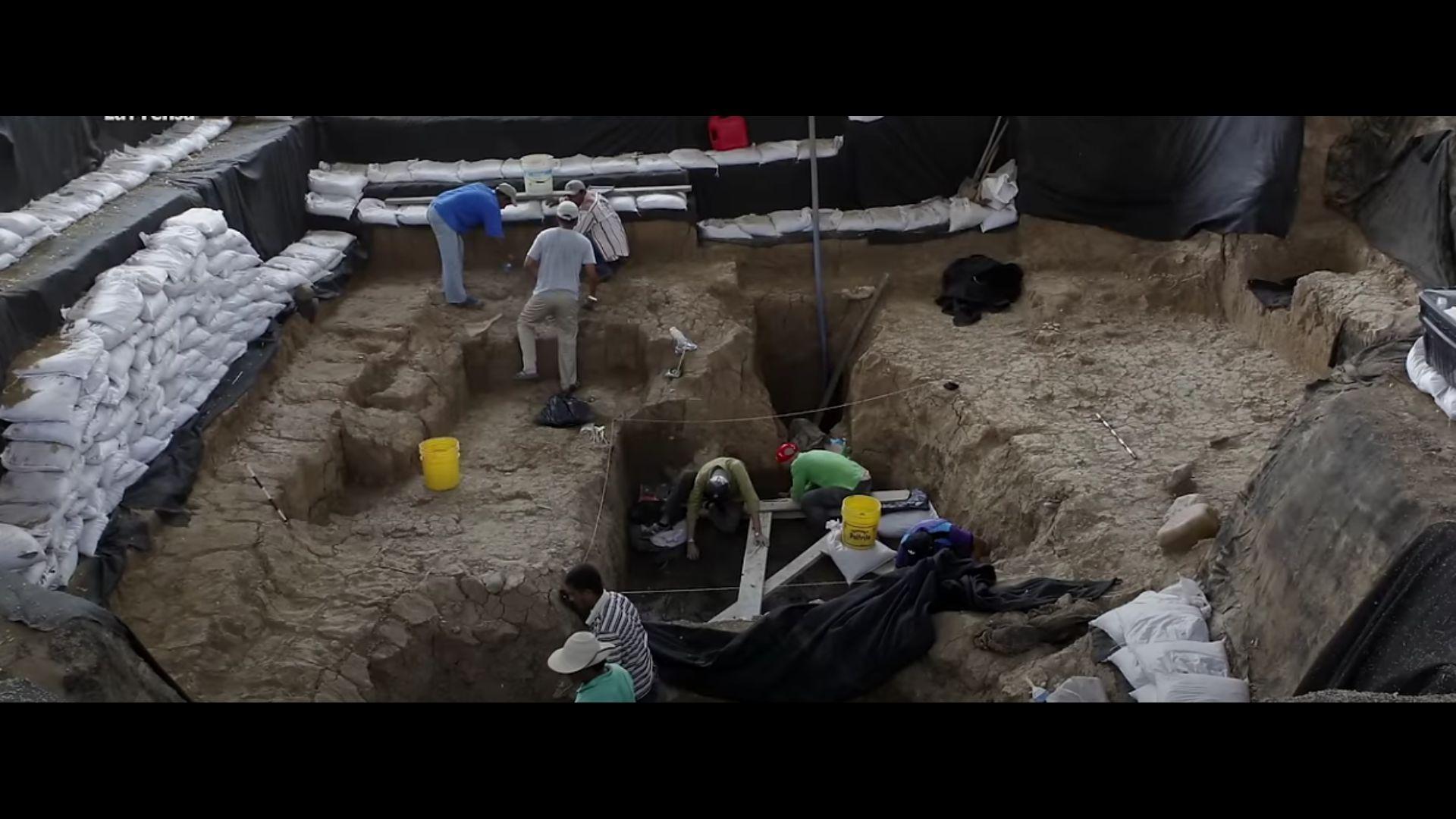
Source: @LaPrensa/YouTube
But while they may find more gold artifacts, as well as other skeletons, it’s likely that no one will ever know for sure exactly who the tomb was made for. They can only confirm he was an extremely important member of the once powerful Coclé society.
The Potential Discovery of More Remains
As the excavation of other El Caño tombs is ongoing, archaeologists believe that they’ll likely discover even more remains from this site. If the other tombs are anything to go by, they’ll have quite a lot of new remains to unearth.
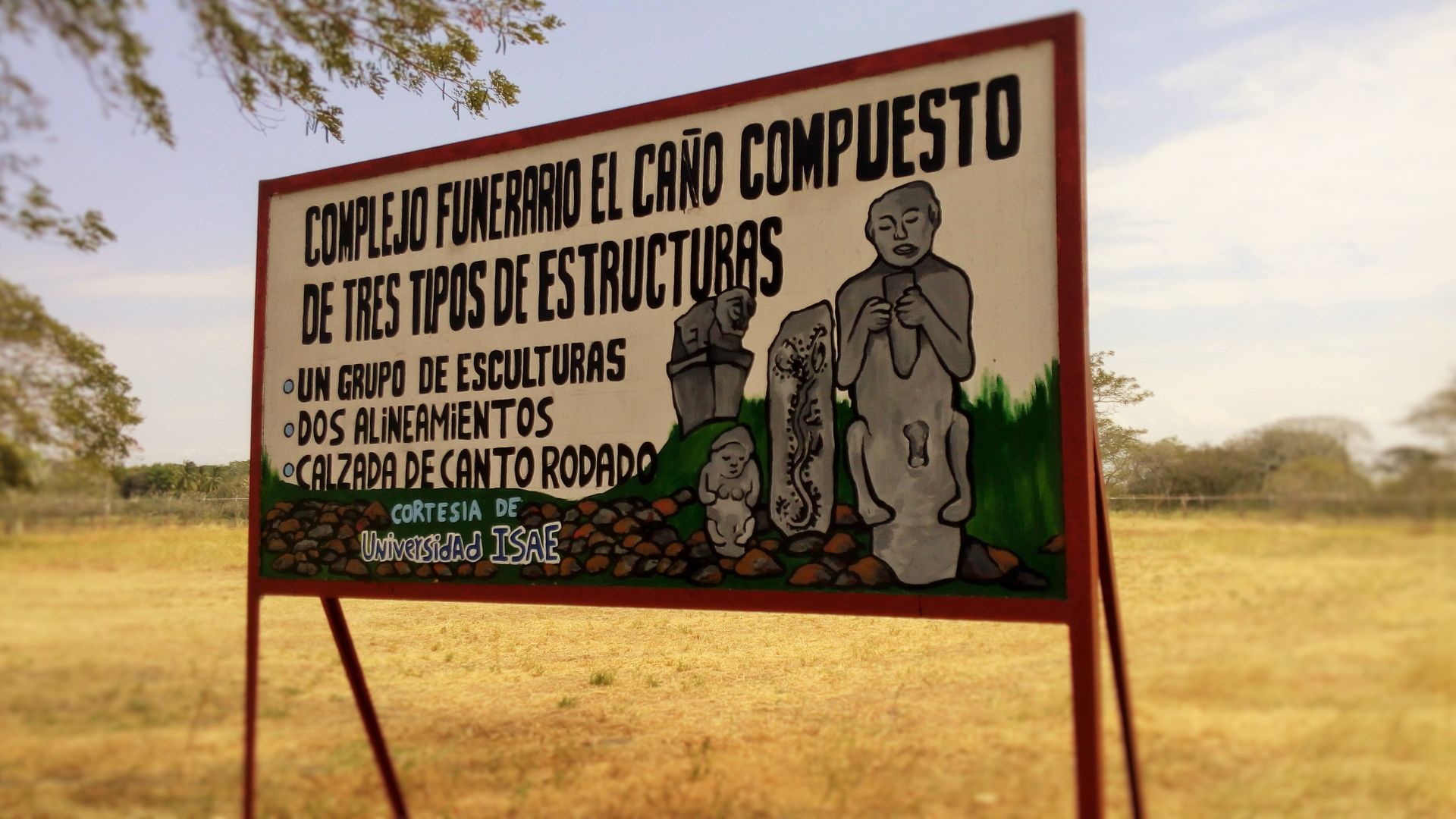
Source: Anavallester24/Wikimedia Commons
Researchers even believe that anywhere from eight to 32 more bodies will be found once the entire excavation process is complete.
